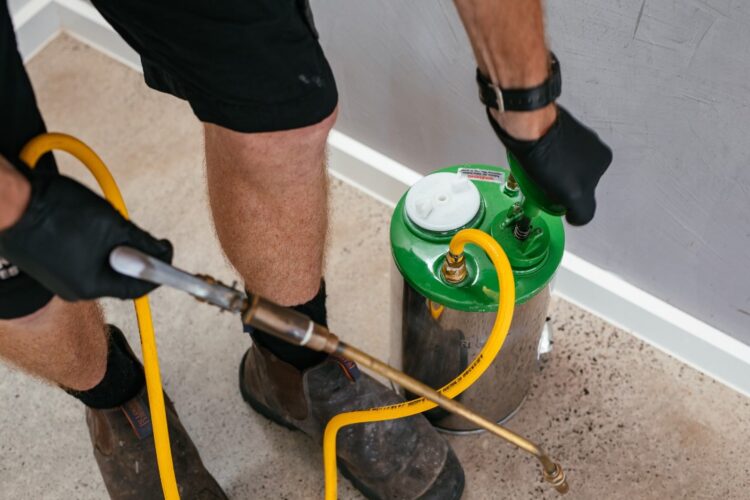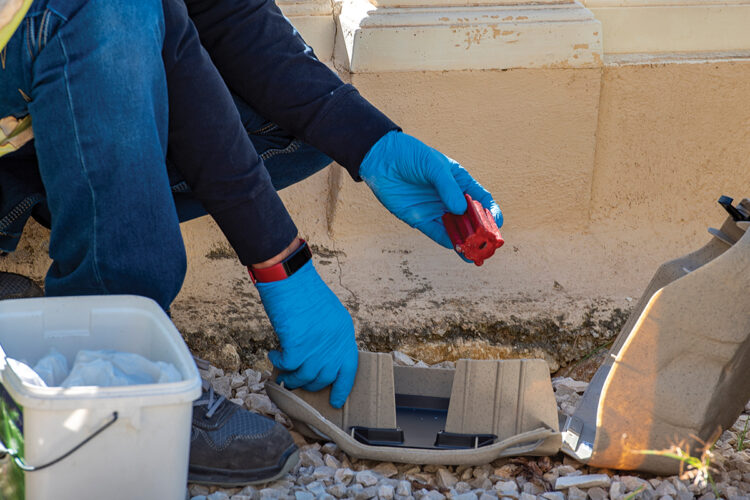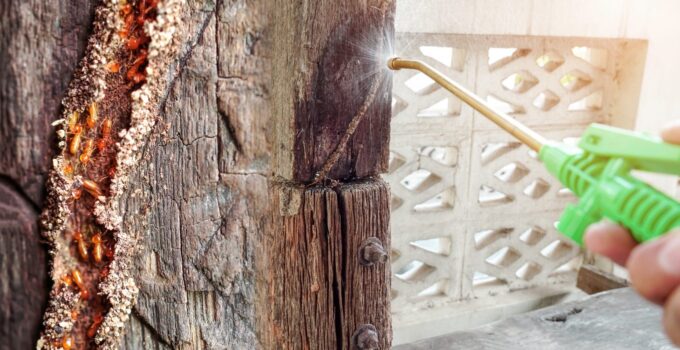Proper termite control is crucial to maintaining the structural integrity and value of any property. Termites can cause extensive damage if not managed correctly.
While the temptation to save costs by using DIY methods is understandable, these approaches often fall short. DIY termite solutions not only pose risks but are generally ineffective in the long term.
Page Contents
Difficulty in Identifying Termite Activity
One of the primary challenges in termite control is accurately identifying termite activity. Professional inspections differ significantly from DIY attempts.
Experts are trained to recognize subtle signs of infestations that a layperson might miss. Regular and thorough inspections are essential for effective termite control.
Laypersons often struggle to detect all infestations due to a lack of experience and knowledge, leading to overlooked areas that allow termites to continue causing damage.

Source: safeguardpestcontrol.com.au
Ineffectiveness of DIY Chemical Treatments
DIY chemical treatments are a popular choice among homeowners due to their accessibility and relatively low cost. However, these treatments come with significant limitations that make them largely ineffective for proper termite control.
Common DIY chemical repellents, such as over-the-counter sprays and powders, are often not potent enough to eliminate entire termite colonies.
These products are designed to kill termites on contact but fail to reach the deeper nests where queens and soldiers reside. Without addressing the source of the infestation, these treatments can only provide temporary relief.
One of the main issues with DIY chemical treatments is that termites have developed avoidance behaviors in response to these substances. When a colony encounters a treated area, the termites simply reroute their activity, moving to untreated parts of the property.
This behavior leads to a dangerous false sense of security for homeowners, who might believe their termite problem is under control when, in fact, it has just moved out of sight.
Moreover, DIY treatments cannot often penetrate deeply enough into wood structures, soil, or other infested materials to reach the core of the infestation. Termites are experts at hiding in inaccessible places, such as within walls, under floors, and deep underground.
Lack of Proper Tools and Equipment
Effective termite control requires specialized tools and equipment that are typically beyond the reach of the average homeowner.
Professional tools are designed for deep penetration and precise application of treatments, which household tools cannot achieve.
The proper application of termite treatments often necessitates professional techniques and equipment, underscoring the limitations of DIY methods.

Source: insights.workwave.com
Risks of Incomplete Treatment
DIY termite control measures are often temporary and incomplete, addressing only the visible parts of the infestation. This incomplete treatment allows termites to continue causing damage, leading to increased expenses over time.
The initial savings from DIY methods can quickly be overshadowed by the cost of repairing extensive termite damage. Long-term solutions provided by professionals are essential to ensure comprehensive termite control.
Professional Solutions and Their Benefits
Professional termite control solutions offer several benefits that DIY methods cannot match. Professional baiting systems, such as Exterra, are designed to target termite colonies effectively. These systems are not only more effective but also consider safety and environmental impacts.
A case study of successful termite colony elimination can illustrate the superiority of professional treatments. By choosing professional termite control, homeowners can ensure the complete eradication of termites and long-term protection of their property.





